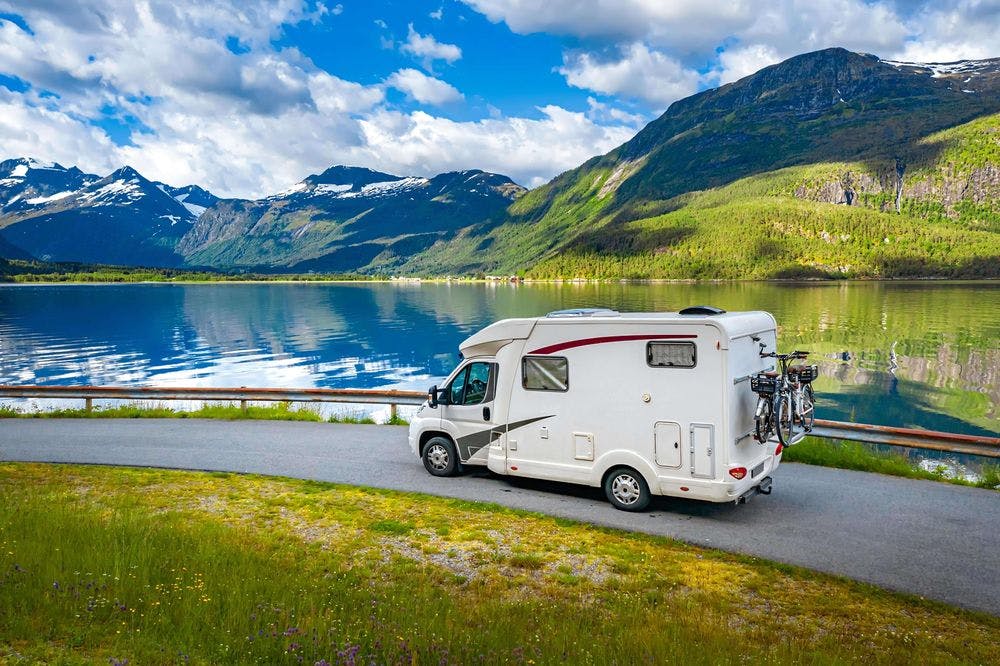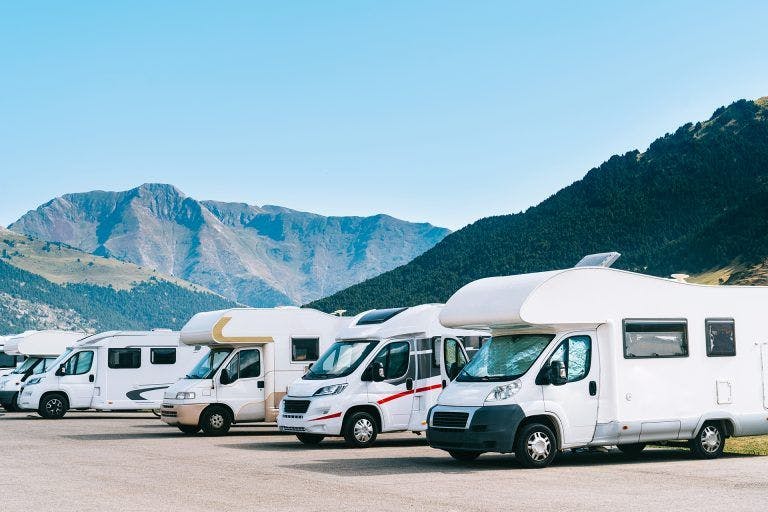Theme

4 min
Make Your Motorhome Journey an Exhilarating Experience
Usually, Facebook posts only show smiling families at their dinner tables, and Instagram posts only feature romantic motorhome settings on the beach at twilight, while a “4-wheel snail house” type of vacation is over and above than just that.
NNG
19 Aug, 2022
Usually, Facebook posts only show smiling families at their dinner tables, and Instagram posts only feature romantic motorhome settings on the beach at twilight, while a “4-wheel snail house” type of vacation is over and above than just that.
Here are a few peculiarities for you to take into consideration to avoid unexpected surprises:
SIZE
To start with, the majority of motorhomes are considerably bigger than a passenger car driven on a daily basis nearly all year round. You’d better brace yourself for driving a sizeable van or massive minibus, and the strictly formal approach initially taken with the vehicle can only be replaced by a fairly casual one after having covered several hundreds of kilometres. No wonder, a motorhome is 2–3 metres longer and 1–1.5 metres higher than a standard passenger car, for a start.
DYNAMICS
The dashboard may remind you of a car, however, the elevated seat will probably give you an illusion of driving a bus. The automatic gearbox, normally provided for an extra, is convenient, however, a manual model may be a better choice, as it gives you more control, which can be particularly beneficial in critical situations. Starting off and moving within a relatively lower speed range won’t pose you major challenges, but when travelling at more than 50 km/h or overtaking another car, you’ll realize that vehicle dynamics is strongly affected by several factors. While a passenger car can speed up from a standing position to 100 km/h within 8–10 seconds, it takes a large and heavy motorhome more than double the time to attain the same speed, and the breaking distance is significantly longer as well.
FUEL PRICES
A standard motorhome comes with a 2–2.5L turbo diesel engine producing 120–180 hp output, that is, its performance is similar to that of an average compact passenger car. It is advised to opt for a more powerful model with increased torque output, especially if you drive a sizeable car with considerable aerodynamic drag resulting from the alcove, and especially if you frequently cross mountains on your journey. Based on an average consumption of 10–12L, a 70–80L petrol tank allows you to cover a distance of 700 km, and the rich POI database of the iGO navigation software solution gives you valuable assistance in finding or reaching a nearby petrol station or service station, as well as the most attractive rates now, when petrol prices have rocketed up.

ROAD CHALLENGES
Additionally, the GPS navigation software enhanced with a motorhome add-in may help you carefully avoid the road segments that may be impassable for a huge vehicle that is longer than 7 meters and higher than 3 meters. The navigation software enables you to set the exact dimensions and weight of your vehicle, thus allowing you to avoid the risk of getting stuck in a tunnel or not being able to cross a small bridge.
When travelling on a narrow road segment, you’d better be prepared that the sizeable rear overhanging part extending beyond the read axle may heavily move to the side, which makes maneuvering in a parking lot rather cumbersome. Thankfully, the new models come with high-quality rear-view cameras and additional ones can be subsequently integrated.
However, one of the benefits of a built-in or windscreen-mounted navigation device is its screen, which is remarkably bigger than that of a smartphone, typically 7–10 inches, where the displayed information is more visible and the data input is a lot easier. The lane guidance and voice guidance allow you to focus on driving, and switching between the 2D and 3D modes is easy peasy. The motorhome add-in may often be worth its weight in gold: Although you may have followed a given route in a passenger car several times, the weight restrictions and hairpin bands may bring you a completely different driving experience on the same road segments when driving in a motorhome.
GPS SIGNAL AND POSITIONING
Unlike free navigation solutions, the ad-free iGO software, which doesn’t tax you with in-app purchase options, provides you with the latest map data and, thanks to its connected nature, helps you avoid the scenes of accidents as well as traffic jams. No problem if there’s no signal in the mountains: The offline maps will always be there for you to calculate your route quickly and easily. The GPS antennas of the onboard navigation device allow you to position your vehicle more accurately than the small, integrated GPS receiver of your smartphone frequently struggling with weak signal, and the tunnel mode will continue to guide you along your route even if there is no GPS signal reception at all.
All in all we advise you to get well prepared for your journey in order to ensure that enjoyable experience, based on unlimited freedom, dominates your vacation in a motorhome.
Would you like to know more?
Get in touch to learn more about our latest products and services or company news


